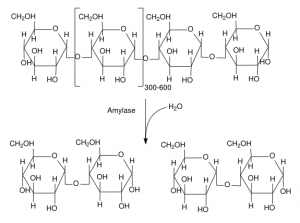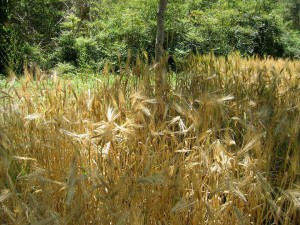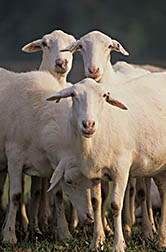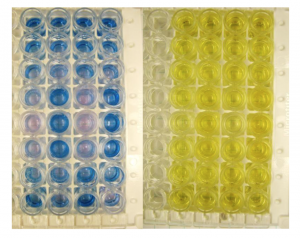 Much of the (fairly) recent scientific work on barley starch should be of interest to advanced homebrewers or homebrewers with an interest in biology. This post is an introduction to a series of articles that will review what modern science has revealed about barley starch. Recently, I posted a series of articles on enzymes for brewers. Although it dealt with all brewing-relevant enzymes, not just starch-degrading enzymes, you can look at these starch articles as covering a lot of the same or similar ground, but from the perspective of the substrate, not the enzymes. (There will also be a few new enzyme-related topics, as well)
Much of the (fairly) recent scientific work on barley starch should be of interest to advanced homebrewers or homebrewers with an interest in biology. This post is an introduction to a series of articles that will review what modern science has revealed about barley starch. Recently, I posted a series of articles on enzymes for brewers. Although it dealt with all brewing-relevant enzymes, not just starch-degrading enzymes, you can look at these starch articles as covering a lot of the same or similar ground, but from the perspective of the substrate, not the enzymes. (There will also be a few new enzyme-related topics, as well)
In this article, I will give an overview of the subject. In the subsequent articles, I will fill in all the details. In the individual articles, I will try to explain the topics so that you don’t need an extensive background in biology or chemistry to understand them.








Recent Comments